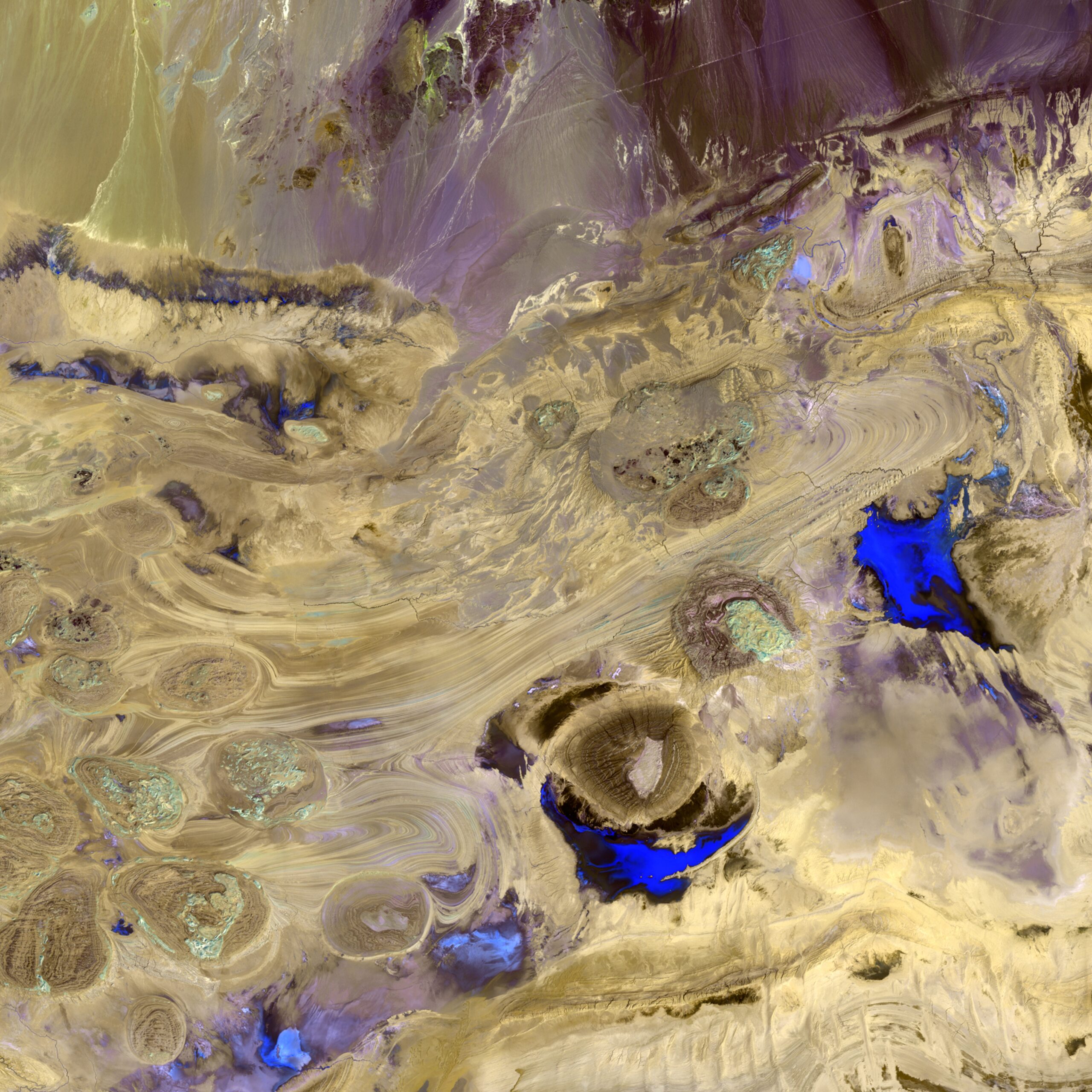So, you’ve just finished painting an incredible masterpiece using acrylic paint, and now you’re left wondering if you can take it to the next level and make it even more stunning with a clear coat. Well, wonder no more! In this article, we will explore the question of whether or not you can clear coat acrylic paint. Get ready to discover the possibilities and unleash the true potential of your acrylic creations.
Can You Clear Coat Acrylic Paint
Acrylic paint is a popular medium for artists and hobbyists alike due to its versatility and vibrant colors. Many artists wonder if it is possible to clear coat acrylic paint to protect their work and enhance its appearance. The good news is that, yes, you can indeed clear coat acrylic paint! Clear coating can provide several benefits to your acrylic paintings, but there are certain factors to consider and steps to follow to ensure successful results. In this comprehensive article, we will explore everything you need to know about clear coating acrylic paint, from understanding clear coat to choosing the right one, as well as providing a step-by-step guide and some useful tips and tricks.
Understanding Clear Coat
Clear coat is a type of protective finish that is applied over painted surfaces to provide an additional layer of protection and enhance their appearance. It is essentially a transparent coating that acts as a shield against dust, dirt, moisture, and harmful UV rays. Clear coats come in various formulations, including solvent-based and water-based options. They can be glossy, satin, or matte, allowing artists to choose the desired level of sheen for their artworks. Clear coat can be applied to a wide range of surfaces, including acrylic paint, to protect and preserve the underlying layer.
Benefits of Clear Coating Acrylic Paint
Clear coating acrylic paint offers several benefits that make it a worthwhile investment. Firstly, it provides a protective barrier that shields the paint from dust, fingerprints, and moisture, preventing them from damaging the artwork. This is especially important if you plan to display or sell your acrylic paintings, as they are more susceptible to damage when exposed to the elements. Clear coating also helps to prevent the paint from fading due to prolonged exposure to UV rays, ensuring that your artwork retains its vibrant colors for years to come. Additionally, a clear coat can enhance the overall appearance of your acrylic paintings by adding depth and a glossy or satin finish, depending on your preference.

This image is property of images.unsplash.com.
Factors to Consider Before Clear Coating Acrylic Paint
Before diving into the process of clear coating acrylic paint, there are a few factors to consider to ensure the best results. Firstly, it is important to wait for the acrylic paint to fully dry before applying the clear coat. If you attempt to clear coat acrylic paint that is still wet or tacky, it can result in a cloudy or uneven finish. Depending on the thickness of the paint layers and the environmental conditions, this drying process can take anywhere from a few hours to several days. It is advisable to follow the manufacturer’s instructions for the specific acrylic paint you are using to determine the appropriate drying time. Secondly, the choice of clear coat is crucial to achieving the desired effect. Certain types of clear coats may react with acrylic paint or cause it to yellow over time, so it is essential to choose a compatible and high-quality clear coat specifically formulated for acrylic paints.
Preparation for Clear Coating
To ensure success when clear coating acrylic paint, proper surface preparation is essential. Start by cleaning the painted surface using a mild soap and water solution, ensuring that any dust, dirt, or oils are removed. Rinse the surface thoroughly and allow it to dry completely before proceeding. If there are any imperfections or rough spots on the surface, such as brush strokes or drips, consider sanding them gently with fine-grit sandpaper to create a smoother surface. Once the surface is clean and smooth, it is recommended to apply a thin layer of varnish or acrylic medium to create a barrier between the clear coat and the paint layer, preventing any adverse reactions or discoloration.

This image is property of images.unsplash.com.
Types of Clear Coats for Acrylic Paint
When it comes to clear coating acrylic paint, there are a variety of options to choose from. Each type of clear coat has its own characteristics and finishes, so it is important to select the one that best suits your preferences and artistic vision. Some popular types of clear coats for acrylic paint include:
-
Polyurethane: Polyurethane clear coats are known for their durability and resistance to scratches and yellowing. They offer a high-gloss finish that adds depth and shine to acrylic paintings.
-
Acrylic Varnish: Acrylic varnishes are specifically formulated for acrylic paints, making them a safe and reliable choice. They come in various finishes, including glossy, satin, and matte, allowing artists to customize the level of sheen.
-
Spray Varnish: Spray varnishes are convenient and easy to apply, especially for large or textured surfaces. They provide an even and consistent coverage, leaving a smooth and professional-looking finish.
-
Resin: Resin clear coats are popular among artists who want to achieve a glass-like finish with a high level of gloss and depth. They require careful application and curing, but the end result can be truly stunning.
Choosing the Right Clear Coat
When selecting the right clear coat for your acrylic paint, there are a few key factors to consider. Firstly, ensure that the clear coat is compatible with acrylic paint and has been specifically formulated for this purpose. This will help prevent any adverse reactions, such as yellowing or peeling, and ensure the longevity of your artwork. Additionally, consider the desired level of sheen. If you prefer a glossy finish, opt for a clear coat that offers a high level of shine. On the other hand, if you prefer a more subdued or matte appearance, choose a clear coat with a satin or matte finish. Lastly, read reviews and seek recommendations from other artists to ensure that you are choosing a high-quality and reliable clear coat product.

This image is property of images.unsplash.com.
Tools and Materials Required
Before embarking on the process of clear coating acrylic paint, gather the necessary tools and materials. Here is a list of items you will typically need:
- Acrylic paint
- Clear coat (compatible with acrylic paint)
- Mild soap and water
- Soft cloth or sponge
- Fine-grit sandpaper (optional)
- Varnish brush or foam brush
- Palette knife or stirring stick
- Palette or disposable plate
- Varnish tray or container
- Masking tape or painter’s tape (optional)
Ensure that the tools and materials are clean and free from any debris or previous residues that could affect the clear coating process.
Step-by-Step Guide to Clear Coating Acrylic Paint
Follow these steps to clear coat your acrylic paint effectively:
-
Protect your workspace by laying down a drop cloth or plastic sheeting to catch any drips or spills.
-
Ensure that your acrylic paint is fully dry. Touch the surface lightly with your fingertip to check for any tackiness. If it feels dry and smooth, it is ready for the clear coat.
-
If desired, gently sand any imperfections on the surface using fine-grit sandpaper. Be careful not to sand too vigorously, as this can remove layers of paint or create an uneven texture.
-
Clean the painted surface using a mild soap and water solution. Use a soft cloth or sponge to gently wipe away any dust, dirt, or oils. Rinse the surface thoroughly and allow it to dry completely.
-
Prepare your clear coat by following the manufacturer’s instructions. Some clear coats may require stirring or shaking before use. Use a palette knife or stirring stick to mix the clear coat thoroughly.
-
Pour a small amount of clear coat onto a palette or disposable plate. This will make it easier to dip your brush or foam brush and prevent contamination of the entire container.
-
Begin applying the clear coat to your acrylic paint using smooth and even strokes. Start from one edge and work your way towards the opposite side, ensuring complete coverage. Avoid overbrushing or applying too thick of a coat, as this can lead to cloudiness or uneven drying.
-
If you are using a spray varnish, hold the can at a distance of 8-12 inches from the surface and spray in a sweeping motion. Apply multiple thin layers, allowing each layer to dry before applying the next.
-
Once you have finished applying the clear coat, allow it to dry according to the manufacturer’s instructions. This drying time may vary depending on the type and brand of clear coat used.
-
Optional: If desired, apply a second or third coat of clear coat to achieve a higher level of protection or a glossier finish. Be sure to follow the same application process and drying times as before.

Tips and Tricks for Clear Coating Acrylic Paint
Here are some additional tips and tricks to ensure successful results when clear coating acrylic paint:
-
Always work in a well-ventilated area or wear a mask/respirator to avoid inhaling any fumes from the clear coat.
-
If you are using a varnish brush or foam brush, clean it thoroughly with soap and water immediately after use. This will help prevent the bristles from hardening and ensure their longevity.
-
To avoid any unwanted smudging or marks on your artwork, handle it with clean and dry hands throughout the clear coating process.
-
If you are using spray varnish, practice your spraying technique on a piece of cardboard or scrap paper before applying it to your artwork. This will help you achieve a more even and controlled application.
-
Consider applying a test coat of clear coat on a small and inconspicuous area of your acrylic painting before coating the entire surface. This will allow you to assess the compatibility and desired effect without risking the entire artwork.
Frequently Asked Questions
Q: Can I clear coat acrylic paint on canvas?
A: Yes, you can clear coat acrylic paint on canvas. Clear coat provides an extra layer of protection and enhances the appearance of your acrylic paintings on canvas.
Q: Will clear coat yellow over time?
A: Certain types of clear coats may yellow over time, especially those that are not specifically formulated for use with acrylic paint. To avoid this issue, ensure that you choose a clear coat that is compatible with acrylic paint and has been designed to resist yellowing.
Q: How long should I wait before clear coating acrylic paint?
A: The drying time for acrylic paint can vary depending on several factors, such as the thickness of the paint layers and the environmental conditions. It is best to follow the manufacturer’s instructions for the specific acrylic paint you are using to determine the appropriate drying time. Generally, it is advisable to wait at least 24 hours to ensure that the acrylic paint is fully dry before clear coating.
Q: Can I remove clear coat from acrylic paint?
A: Removing clear coat from acrylic paint can be challenging and may risk damaging the underlying paint layers. It is best to avoid the need for removal by ensuring proper surface preparation and applying clear coat with care. However, if removal becomes necessary, it is recommended to seek professional advice or assistance to minimize any potential damage.
In conclusion, clear coating acrylic paint is a fantastic way to protect your artwork and enhance its appearance. By following the appropriate steps, using high-quality clear coat, and considering important factors, you can achieve beautiful and long-lasting results. So go ahead and clear coat your acrylic paint with confidence, knowing that it will preserve and showcase your artistic creations for years to come.




